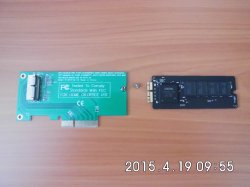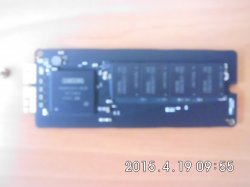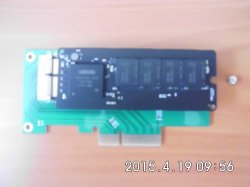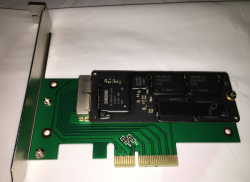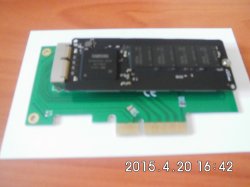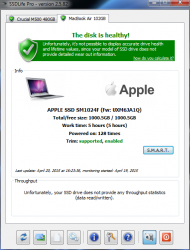Check out the Wikipedia page for Serial ATA which M.2 (NGFF) is a subset.
https://en.wikipedia.org/wiki/Serial_ATA
Sandforce is just one type of built-in controller, with its own implementation and firmware.
OWC PR machine it seems like and misled in the process.
https://forums.macrumors.com/threads/1754767/
I found
comments on MacIntouch very helpful.
CHAMELEON TRIM ENABLER
http://chameleon.alessandroboschini.com/features.php
TRIM is a feature that allows solid state drives to automatically handle garbage collection, cleaning up unused blocks of data and preparing them for rewriting, thereby preventing slowdowns that would otherwise occur over time as garbage data accumulates. Support for TRIM has been included in OS X (10.6.7), but Apple decided that native TRIM support is limited to stock Apple drives (users who have installed third-party SSDs into their machines have reported that TRIM is not enabled). Chameleon enables support TRIM changing the driver IOHACIBlockStorage by removing the lock on third-party drives, also a back up copy is included to restore the original, you can find it at:
"/System/Library/Extensions/IOAHCIFamily.kext/Contents/PlugIns/IOAHCIBlockStorage.kext/
Contents/MacOS/IOHACIBlockStorage.backup".
SATA 3.1 Specifications Were Released July 2011.
".. interesting addition brought to SATA 3.1 is the support for queuing SSD TRIM commands, that allows the drive to perform this type of operations at a later date in order not to affect the performance of the SSD when in use."
SATA-IO Introduces the SATA v3.2 Specifications in August 2013
SATA 3.2 specification include DevSleep, USM, Transitional Energy Reporting, Hybrid Information, microSSD, and Rebuild Assist for reconstructing RAID arrays. And of course, M.2, SATA Express and enhancements for emerging solid state hybrid drives.
TRIM (which, as a side note, is not an acronym) is a SATA command that enables the operating system to tell an SSD what blocks of previously saved data are no longer needed as a result of file deletions or using the format command. When an LBA is replaced by the OS, as with an overwrite of a file, the SSD knows that the original LBA can be marked as stale or invalid and it will not save those blocks during garbage collection.
... the TRIM command resolves this problem for operating systems that support it like Windows 7,[27] Mac OS (latest releases of Snow Leopard, Lion, and Mountain Lion, patched in some cases),[29] FreeBSD since version 8.1,[30] and Linux since version 2.6.33 of the Linux kernel mainline.[31] When a file is permanently deleted or the drive is formatted, the OS sends the TRIM command along with the LBAs that no longer contain valid data.
Garbage collection
References:
http://www.legitreviews.com/samsung-xp941-256gb-m-2-pcie-ssd-mini-review_142369
https://www.sata-io.org/sata-m2-card
TheSSDReview XP941 M.2 PCIe


